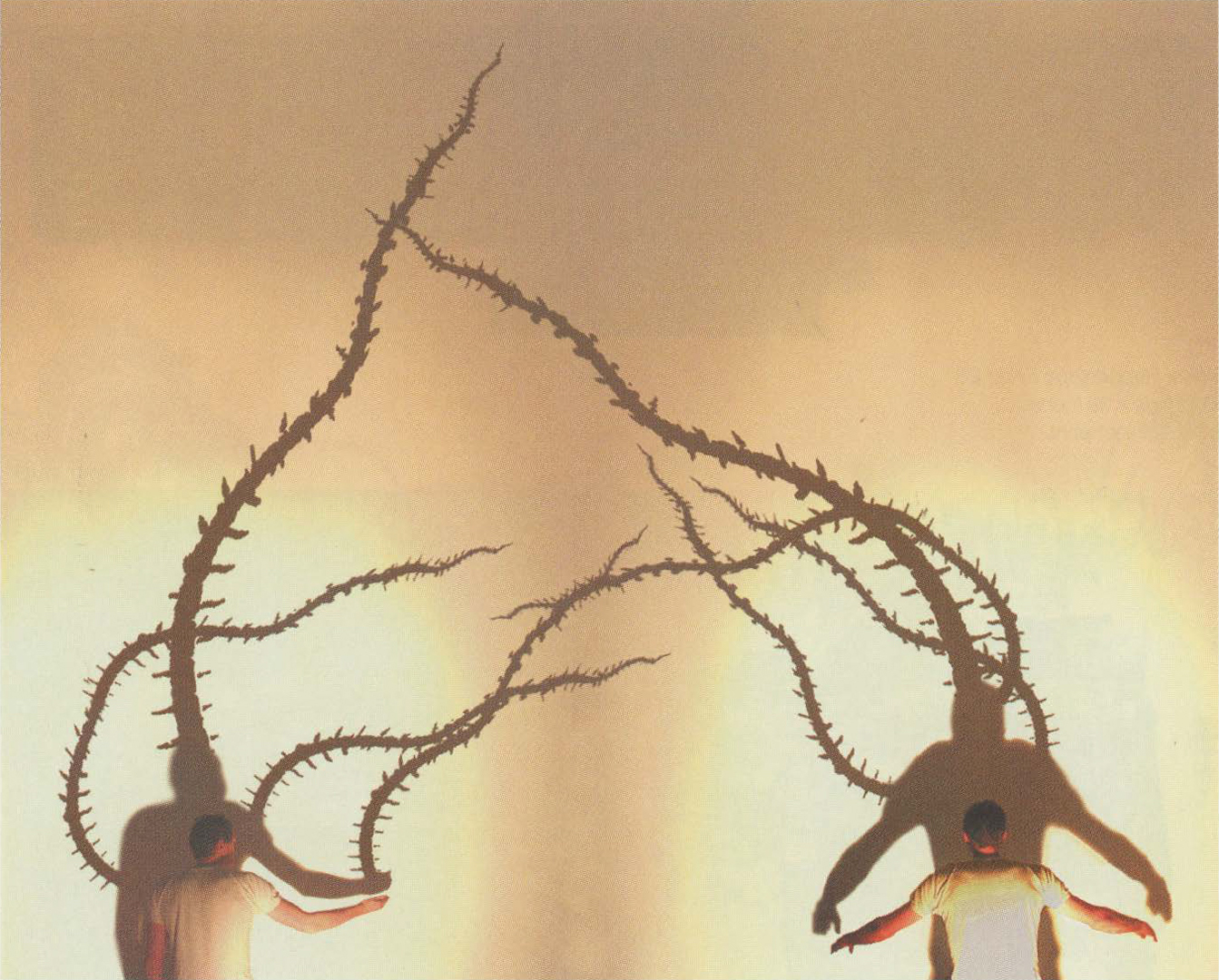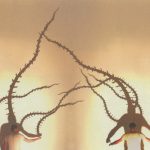Mark Cypher: Biophilia
Artist(s):
Title:
- Biophilia
Exhibition:
Medium:
- Art installation, camera tracking with game engine
Size:
- 10' x 15' x 20'
Category:
Artist Statement:
Biophilia enables participants to interact with and generate organic forms based on distortion of their shadows. Coined in 1984 by sociobiologist Edward 0. Wilson, “biophilia” refers to the need of living things to connect with others, even those of different species. Biophilia attempts to absorb and synthesize users and their contexts, producing unpredictable patterns of propagation and hybridity.
A number of myths and metaphors are used to describe the origin of picture making, most of which involve shadows. Plato’s cave allegory describes how our understanding of the world through vision is not necessarily the same as what is physically visible. Within Biophilia, participants and their shadows are synthesized into a larger cultural picture of self and place yet reduced to a derivative echo containing both “resemblance and menace.” The shadow resembles the participant, a virtual manifestation of the relationship the user has with the screen, at once reduced to a two-dimensional image that menacingly begins to merge with other organisms in the same screen space without consent nor care for the sovereignty of the user’s concept of self and space.
Within Biophilia, the relationships between inside and outside can also be expressed between computer code and interiority, known and unknown. Code sits beneath the surface and can be auto-poetic and capable of self-organization, producing scary unknown emergent properties. The coding process produces these self-organizing properties in the darkness of the machine, eluding attempts to construct clean boundaries between known and unknown.
Likewise, Biophilia creates hybrid forms, which emerge through the complex interaction between theory and practice, matter and representation, where what matters is not necessarily human.
Technical Information:
When users walk into the screen space, they generate a shadow.
A video camera in conjunction with a computer running custom built computer-vision drivers processes the image so that shapes can be tracked and converted to a three-dimensional virtual space. Three-dimensional plant forms are generated within the shadows being tracked via the camera. When another person enters the same space, the plant forms growing from the second shadow try to merge and combine, thus connecting the two users via the screen.






